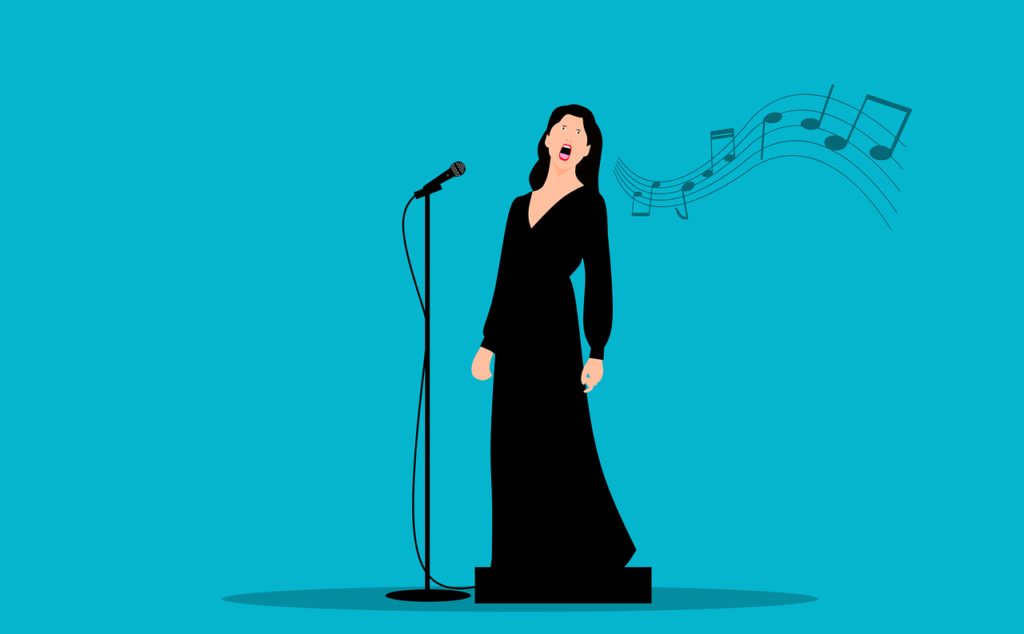Today marks 6 months since I reopened for in-person lessons. The combination of masks, air filtration, and social distancing allowed the studio to operate safely throughout the Delta and Omicron surges. We survived! As the numbers come down from the latest surge, I’m considering easing the mask policy. Having said that, students can always wear masks if they wish, and I will always wear a mask at the student’s request. Estimated reading time 4 minutes.
Read More

